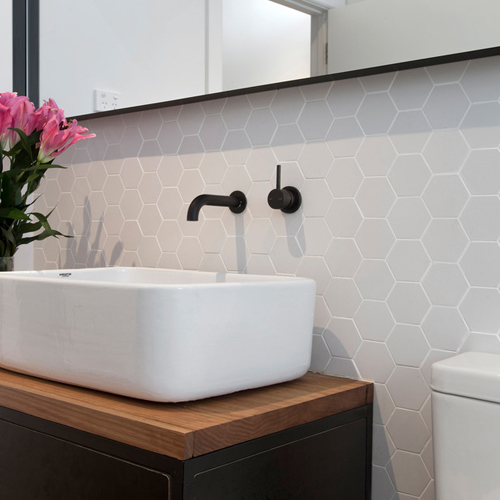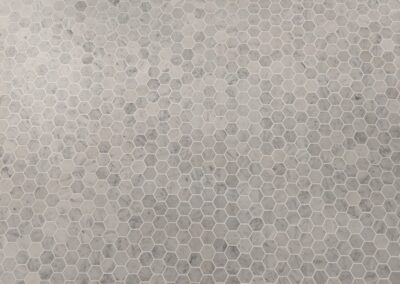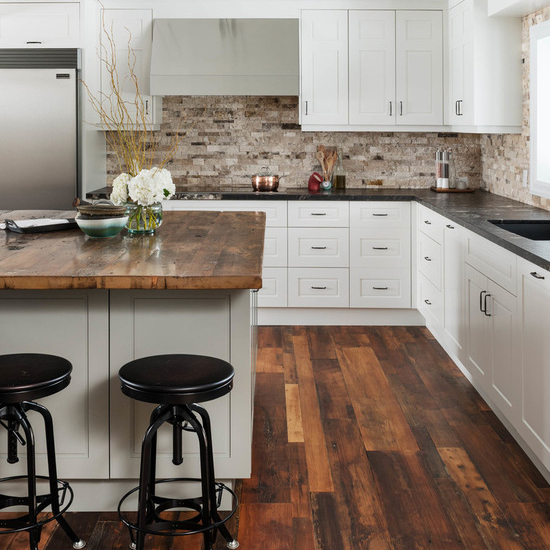
Comparison Between Different Tile Cutting Methods
The process of tile installation is not that difficult on its own as all you have to do is apply the thin set and place the tile at its predefined place but there are lots of other things for example selecting the best tile for the application and tile cutting process that might need professional help if you are not willing to do it yourself. There are many different ways to cut tiles and each of them has its own benefits (and flaws too). Even if you use the simplest possible tiling layout for easiness, you still have to cut tiles in corners and to fit smaller pieces in smaller spaces.
Lets talk about different tile cutting methods which tile installers in Los Angeles use.
Wet Saw
Wet saw is the most common method of cutting tiles; the equipment consists of a saw with diamond blade, powered by electric and water is used to cool down the blade so you can use it for extended time period. There are different types of wet saw that are used for straight cutting, edge cutting and to make L shapes. However, the whole equipment is pretty expensive for a weekend project and it is mainly used by professionals because they use it frequently.
People who want a tile cutter for one-time project usually opt for other much cheaper methods. If you want to buy a wet saw for tile cutting, keep the safety at your first priority as some newer models offer lots of safety features.
Grinder
Using grinder to cut tiles is similar to using wet saw except a few differences; for example, first of all, there is no water involved. You can manually put water on the blade to cool it down though. Another major difference is the structure and method itself; in case of wet saw, the equipment stays at its place and you move the tile but in case of grinder the tile stays at its position and you move the grinder. Using grinder to cut tiles is usually considered a shortcut or a backup plan where you can use the grinder manually in case no other thing (like wet saw or pliers) is available.
Tile Nipper
Tile nipper is quite similar to pliers with thick edges so you can grab the tile and put force with other hand to cut it. Tile nipper is a common method among people who do DIY tile installation projects and need something effective and cost efficient. You can get a decent tile cutting pliers at a fraction of the cost of a wet saw. However, unlike other methods, tile nipper does not exactly cut the tile in two pieces but it breaks the other part.
For example, if you want to use ¾ of a tile then the other ¼ piece would be lost during the process. As you can handle the force, layout and everything manually while using tile nippers, they are mainly suitable for cutting edges or give tiles specific shapes.
Score Tile Cutter
Score tile cutter can cut tiles in two pieces and the method is fairly simple so you can learn it in few minutes. All you have to do is line up the mark on tiles using a scoring wheel, put the other end of the scoring wheel exactly under the tile where you marked it and snap. Do not mark the tile multiple times and try to do it in one try because marking the tile multiple times would damage the tile and scoring wheel itself.







Recent Comments